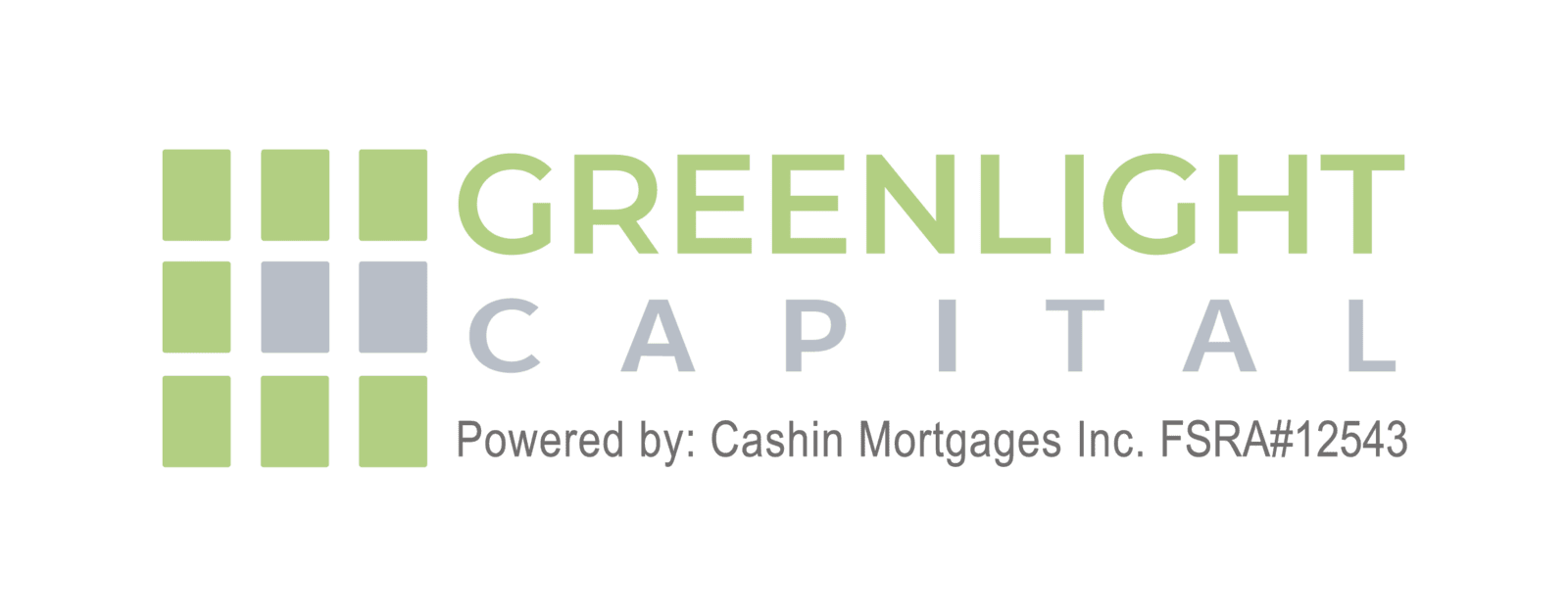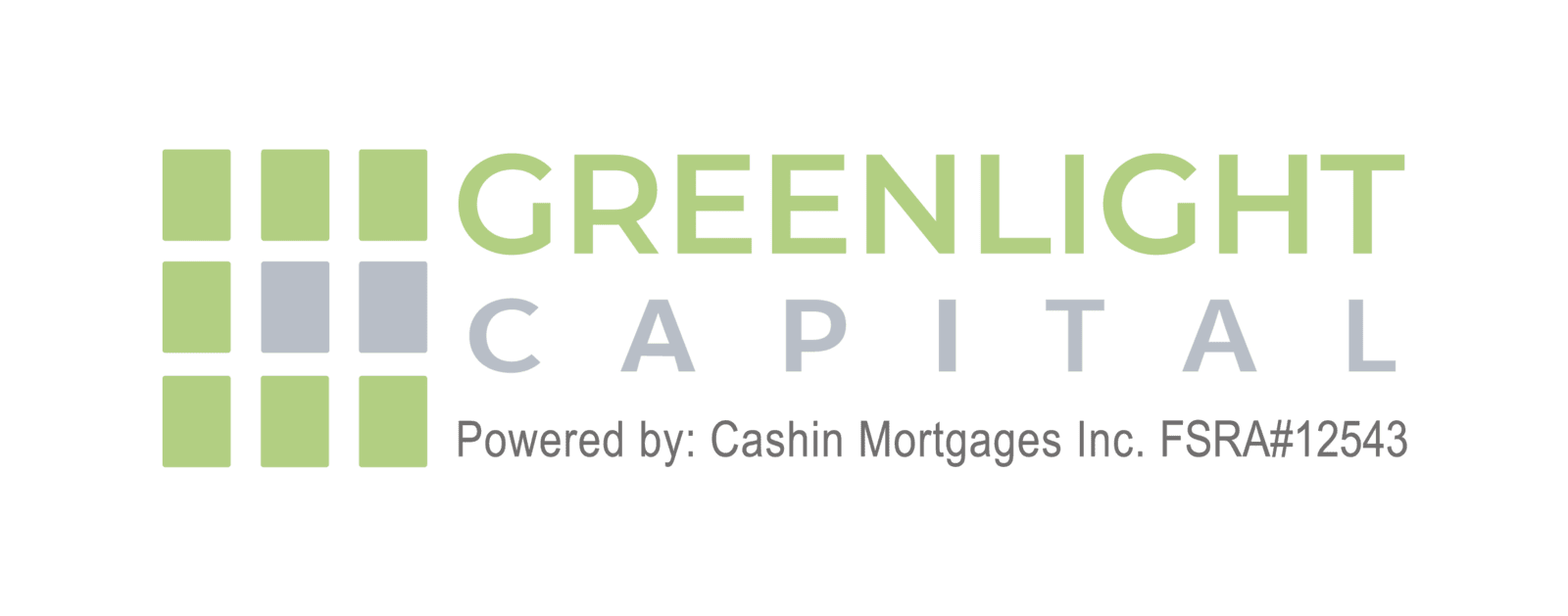
CFPB’s Role in Housing Market Stability
The CFPB was established in the aftermath of the 2008 foreclosure crisis to enforce consumer protection laws and curb abusive practices in financial services. Since its inception, it has secured over $21 billion in relief for consumers and implemented regulations that ensure sustainable homeownership. Key initiatives include:
Requiring lenders to assess borrowers’ ability to repay loans.
Protecting homeowners facing financial hardships through structured assistance programs.
Addressing complaints related to foreclosure mismanagement, escrow barriers, and communication issues with lenders.
While these measures are critical for safeguarding borrowers, they also aim to create a competitive and transparent housing market. For Canadian lenders and borrowers, CFPB’s actions set a precedent for ethical lending practices without disrupting market dynamics.
Why the Canadian Mortgage Industry Remains Confident
Despite CFPB’s proactive stance, Canadian mortgage providers Greenlight Capital Canada are not alarmed. Several factors contribute to this confidence:
1. Gradual Rate Adjustments by the Bank of Canada
The Bank of Canada (BoC) has adopted a cautious approach to monetary policy in 2025, with gradual rate cuts anticipated throughout the year. Interest rates are expected to decrease by up to 75 basis points as inflation stabilizes around 2%. This predictable trajectory provides a stable environment for lenders and borrowers alike.
Moreover, lower interest rates are likely to boost home sales and refinancing activities, offsetting any potential impact of stricter regulatory oversight. Greenlight Capital Canada and other mortgage firms can leverage this environment to offer competitive rates and tailored solutions.
2. Regulatory Changes Supporting Affordability
Recent updates in Canadian mortgage rules have enhanced market accessibility:
The insured mortgage cap increased from $1 million to $1.5 million, enabling more Canadians to qualify with lower down payments.
Extended amortization periods of up to 30 years reduce monthly payment burdens for first-time buyers.
Simplified lender switching processes eliminate stress test requirements for existing mortgages.
These changes align with CFPB’s goals of promoting affordability but are tailored to Canadian market needs. Greenlight Capital Canada benefits from these adjustments by attracting a broader customer base while maintaining compliance with evolving regulations.
3. Resilience of the Real Estate Market
Canada’s real estate market remains robust due to strong population growth, urbanization, and immigration trends. Urban centers like Toronto and Ottawa continue to experience high demand despite affordability challenges. Suburban markets are also thriving as remote work models drive interest in larger, cost-effective properties.
This resilience ensures that mortgage providers can navigate regulatory changes without compromising their growth strategies. Greenlight Capital Canada is well-positioned to capitalize on these dynamics by offering innovative financing options tailored to diverse buyer needs.
Greenlight Capital Canada: Leading Through Innovation
Greenlight Capital Canada exemplifies how mortgage providers can thrive amidst regulatory shifts. By integrating technology and innovation into their operations, they have streamlined processes and enhanced customer experiences:
AI-Powered Solutions
Artificial intelligence enables faster credit assessments, personalized loan offers, and efficient documentation processing. These advancements reduce approval times while ensuring compliance with stringent lending standards.
Blockchain Technology
Blockchain simplifies property transactions by digitizing records securely. This reduces fraud risks and expedites processes, fostering trust among borrowers.
Digital Platforms
Enhanced platforms allow borrowers to compare rates, access financial literacy tools, and monitor loans in real time. Such transparency aligns with CFPB’s emphasis on consumer protection while improving customer satisfaction.
Through these innovations, Greenlight Capital Canada demonstrates that regulatory changes need not hinder growth but can instead drive progress.
The Broader Impact of CFPB’s Moves
While the CFPB’s actions primarily target U.S.-based lenders, their influence extends globally by setting benchmarks for ethical practices. For Canadian lenders:
Enhanced Consumer Trust: Stricter oversight builds confidence among borrowers, encouraging them to engage with reputable institutions.
Market Stability: Measures that curb abusive practices ensure long-term stability in housing markets.
Opportunities for Differentiation: Greenlight Capital Canada can differentiate themselves by proactively adopting similar principles.
These benefits outweigh concerns about potential disruptions, reinforcing the industry’s confidence.
Why Canadian Lenders Aren’t Worried About U.S. Regulatory Shifts
While U.S. regulatory moves often create ripples across global markets, their direct impact on Canada’s mortgage industry is limited due to several factors:
Distinct Lending Practices: Unlike the U.S., where subprime lending played a significant role in past crises, Canada maintains stricter lending standards.
Stress Tests: Mandatory stress tests ensure that Canadian borrowers can handle higher interest rates or economic downturns.
Focus on Affordability: Recent reforms prioritize affordability through targeted measures like secondary suite loans and expanded amortization periods.
These safeguards make Canada’s mortgage market more resilient to external shocks.
Challenges Ahead: Affordability and Supply Constraints
Despite its strengths, Canada’s housing market faces ongoing challenges:
High Housing Prices: Affordability remains a concern, especially in urban centers where property values far exceed national averages.
Down Payment Requirements: Higher upfront costs are prompting many Canadians to delay home purchases or seek alternative financing options.
Supply Shortages: While ambitious plans are underway to increase housing stock, achieving these targets will require coordinated efforts across federal, provincial, and municipal levels.
Addressing these issues will be critical for sustaining market stability in the long term.
Conclusion
The Canadian mortgage industry’s calm response to CFPB’s latest moves underscores its resilience and adaptability. With robust regulatory frameworks, proactive reforms, and technological advancements, Canada is well-positioned to navigate both domestic challenges and external uncertainties.
As we move into 2025, stakeholders remain focused on fostering affordability, increasing supply, and leveraging innovation to meet evolving consumer needs. While challenges persist, the industry’s proactive approach ensures that it is not only prepared for potential disruptions but also poised for sustainable growth in the years ahead.
Source
https://www.canada.ca/en/financial-consumer-agency.html



